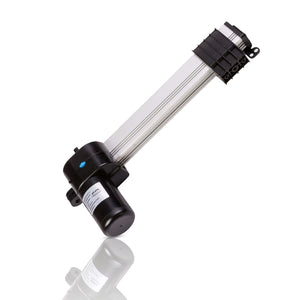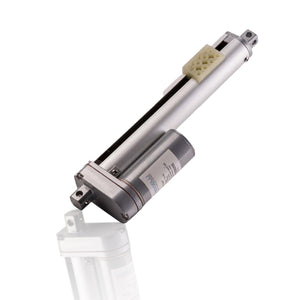
Track Actuators
Track linear actuators are like rod-style linear actuators as they consist of a motor, gearbox, and lead screw, but instead of a rod, these actuators use a sliding carriage. This sliding carriage moves along the track of the lead screw as it rotates giving these actuators their name. Because of this, the stroke of a track linear actuator is equal to the length of the lead screw. This means these actuators have a fixed length. It makes them easier to design around than rod-style linear actuators, but it also means they lack the telescopic motion that rod-style actuators have.
Top Blog Posts for Track Linear Actuators
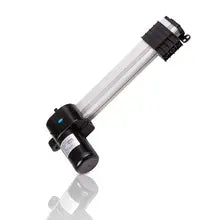
Look into the inner workings of these crucial components, from dissecting different types to uncovering the reasons behind their unique behaviors. Whether you're a novice...
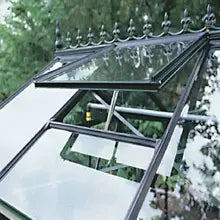
From decoding the IP rating table to understanding its relevance in different industries, including for linear actuators, this article provides invaluable insights for all. This...
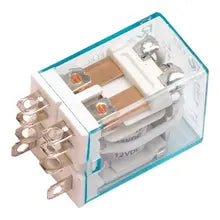
Explore the basics of reversing polarity and uncover its effects on linear actuators. We'll examine real-world applications, including the influence of polarity reversal on actuator...

Delve into the fascinating history that has revolutionized industries worldwide. Discover how automation has transformed manufacturing, from the invention of the assembly line to the...
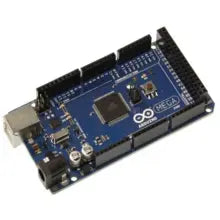
Unfortunately, you can't simply connect your Arduino directly to your linear actuator and expect it to work seamlessly. Prior setup is necessary. We'll guide you...
